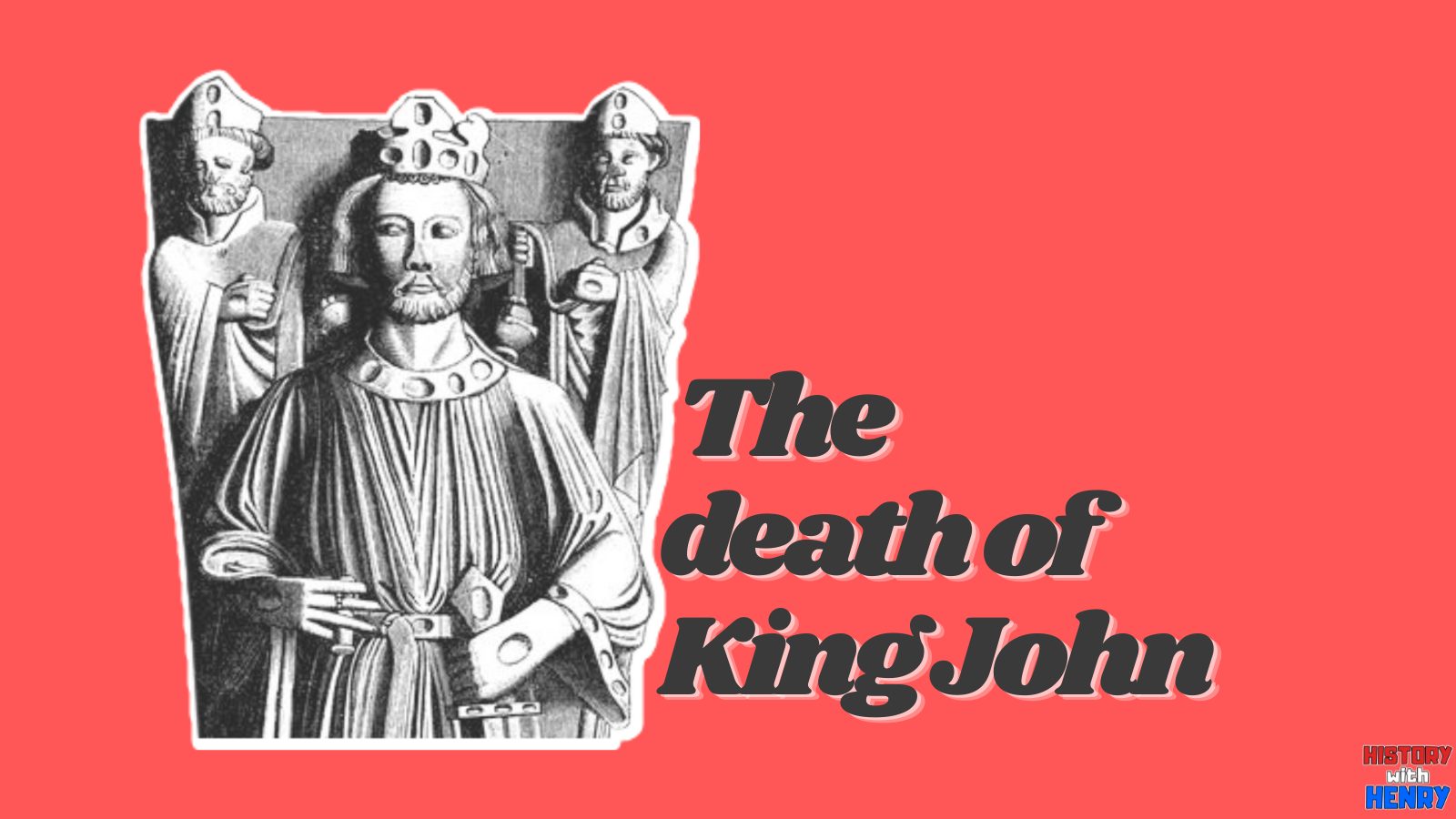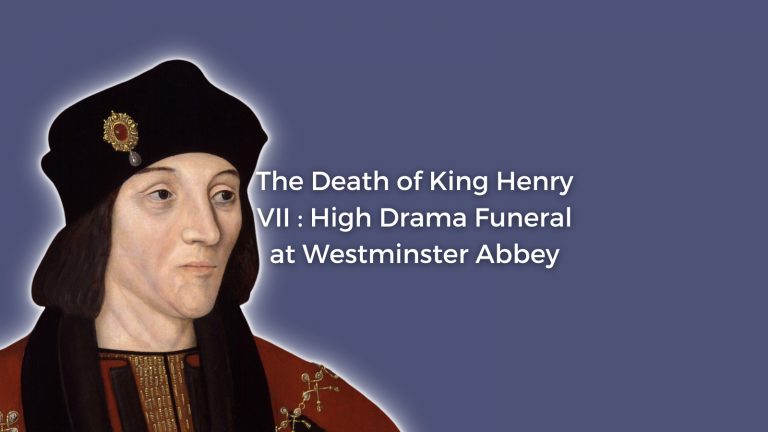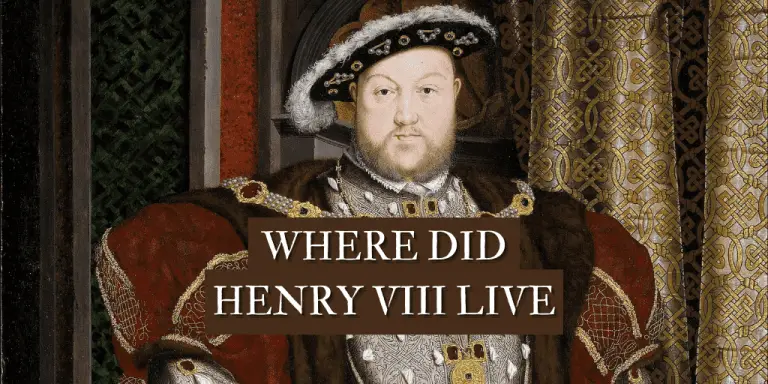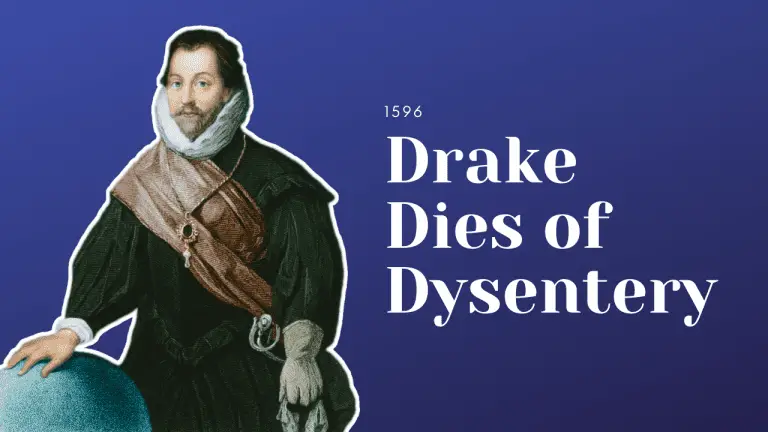The Death of King John
England was ruled between 1199 and 1216 by King John of England, aka John Lackland, a man who is deemed possibly the worst English king of all time. He was the son of Henry II and Eleanor of Aquitaine and succeeded his brother Richard I on the throne. His character and his failures both attest to this dismal reputation. He is responsible for financially bringing the country to its knees through the loss of the Angevin-Plantagenet lands in France. Not only did he follow in the footsteps of royalty before him by upsetting the church and the foreigners, but he also made enemies of the English barons. In response, the barons rebelled and, in 1215, made him sign the Magna Carta charter of liberties.
WHAT WAS THE MAGNA CARTA?
The Magna Carta became a symbol of the rule of law as the ultimate sovereign. It was effectively a charter of liberties to protect the feudal rights enjoyed by the barons and significantly curtail monarchic power. The barons had to now be consulted before the king could impose unfair taxes and indiscriminately seize lands. The king was also through it subject to a defined body of laws and customs within which freemen had a right to a fair trial and were protected from royal officers.
As King, John upped the taxes to foot the bill for his campaigns in France. He also had his own royal courts rival the local courts, cheating the barons out of the monies paid by the guilty by way of fines which now went into his coffers rather than into the pockets of the barons. John also upped the fee paid to the king by the barons on the marriages of their daughters. Young barons also had to pay a new fee on the inheritance of property from their fathers. While it was expected for the land of a baron dying without an heir to pass on to another noble, King John often retained these lands as he did with church lands. At least for as long as he possibly could. Merchants suffered along with barons with a formidable increase in taxes to pay.
The barons and merchants eventually rose up as one following the King’s defeat to the French at Bouvines in 1214. Supported by Alexander II, king of Scotland, they marched to London on 15 June 1215 to demand that the king sign the Magna Carta at Runnymede. By agreeing to sign the charter, he could retain his throne, and it set precedence for what was to become a constitutional monarchy.
A Surfeit of Peaches
The king, however, reneged on his word and ignored the terms of the Magna Carta, which invariably incited the barons to end his sovereignty. The barons continued to occupy London and invited Prince Louis, son of Philip, to take the throne. This led to the civil war between supporters of the two royals, known as the First Barons’ War. John took Rochester Castle in October/November 1215, and Louis occupied southeast England and the Tower of London. Louis proclaimed himself king in May 1216 and, in the same year, took back Rochester Castle. John fled Lincoln, returning west with his baggage train in October. Along the way, he lost some of the Crown Jewels in Wash and a good part of his baggage train while crossing the river.
King John was en route to meet his adversaries in October 1216 when he took shelter at Newark Castle and died of dysentery on 18 October 1216.
Rumour has it to this day that King John succumbed after overindulging in peaches at a banquet nine days before. It has also been suggested that monks poisoned him with ale or plums at Swinehead Abbey. The surfeit of peaches slant persists outright, however.
In accordance with his will, the 48-year-old king was buried in Worcester Cathedral in front of the altar of St Wulfstan. In 1232, a new sarcophagus with an effigy was made for him, in which his remains are now interred. John’s will instructed that his niece Eleanor never be released from prison because she might have a claim to the throne of his successor, Henry III.






